Every February, when I arrive in Teruel, I feel like I’m stepping straight into medieval Spain. The streets burst with people in centuries-old costumes, all gathering to honor the legendary lovers, Isabel de Segura and Diego de Marcilla.
Las Bodas de Isabel de Segura turns Teruel into a living storybook. It’s honestly one of Aragon’s most unforgettable—and romantic—festivals.
As I wandered the cobbled lanes, music, theater, and historic feasts popped up at every turn, making the 13th-century tale come alive. From dramatic reenactments to bustling markets, Teruel radiates with the passion and drama of this true Spanish legend.
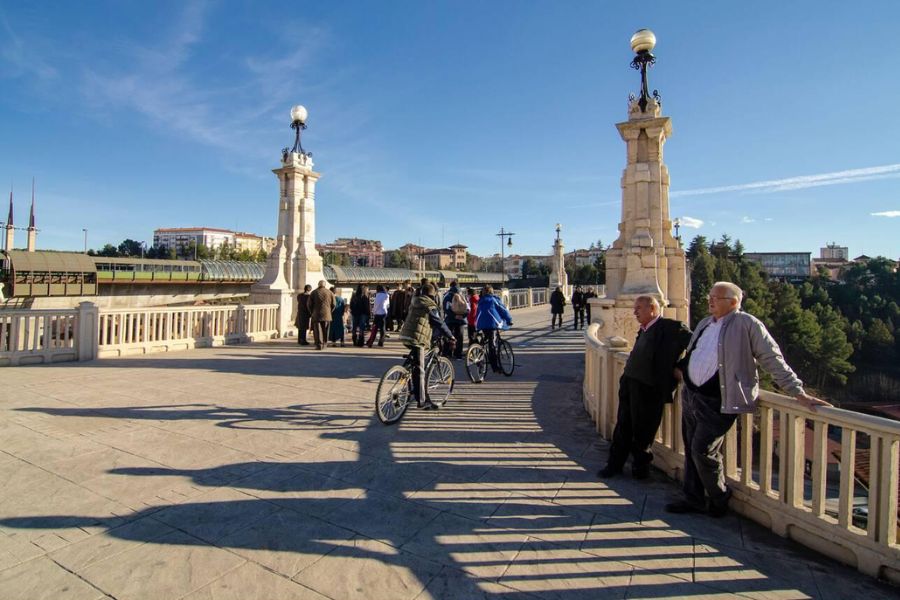
If you’re after a festival with deep Spanish roots—and a bit of Portuguese influence mixed in—this one’s a must.
The Story of Isabel de Segura and Teruel’s Lovers Festival
When I traveled to Teruel in February, I found myself swept into a world woven with medieval romance and dramatic local history. The city’s festival celebrates a centuries-old love story, rooted deeply in Spanish literature and Aragonese culture.
The legend, the vibrant festival, and Teruel’s mark on Spanish traditions stood out everywhere I looked.
Legend of Los Amantes de Teruel
The story of Isabel de Segura and Diego de Marcilla goes back to 13th-century Teruel, a small town in medieval Spain. Isabel and Diego grew up together, their friendship quietly turning into love.
Even though both came from noble families, money mattered more than status. Diego, short on funds, asked Isabel’s father for time to make his fortune. He set out, leaving Isabel with a promise: wait five years.
When Diego finally returned, wealthy and hopeful, he found Isabel married to another. He asked her for a kiss, but she refused, loyal to her vows. Diego died from heartbreak right at her feet.
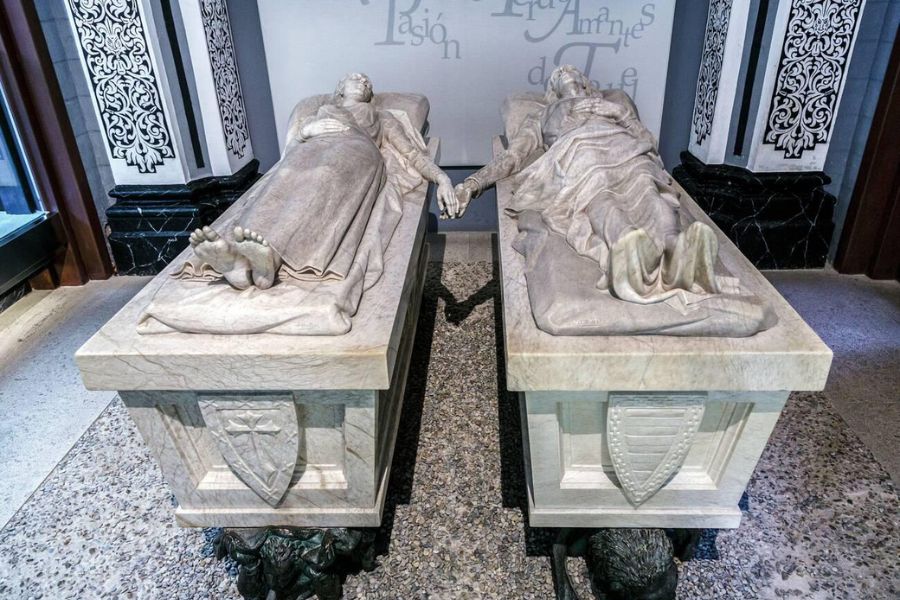
Later, during Diego’s funeral, Isabel gave him the kiss she’d denied—and died beside him. Their story echoes other tragic romances, like Don Juan Tenorio, but stands out for its Aragonese setting and its focus on faith, loyalty, and restraint.
Key Details
| Character | Trait | Importance |
|---|---|---|
| Isabel | Faithful, loyal | Keeps vow |
| Diego | Determined, hopeful | Seeks fortune |
| Setting | Medieval Teruel | Aragon, 1200s |
From Medieval Romance to Modern Festival
Las Bodas de Isabel de Segura brings the story to life every February. As I walked Teruel’s cobbled streets, crowds in medieval costumes surrounded me. The whole city transforms, with open-air performances, reenactments, and traditional markets.
Families fill the streets as actors replay Diego and Isabel’s tragic scenes, their voices echoing across gothic plazas. I couldn’t help but notice how faith and religious processions shape the festival, anchoring it in early modern Spain.
Costumes and rituals highlight Teruel’s medieval roots and its ethnic and religious identity. For a weekend, everyone gets to step back into another era.
Teruel’s Place in Spanish and European Culture
Teruel’s legend isn’t just a simple love story. It connects with broader themes found in early modern Spain and across Europe. In the sixteenth century, stories of star-crossed lovers shaped much of European literature.
During my visit, I saw how the festival reminds locals and visitors of their Spanishness, blending regional pride from Aragon with European cultural trends. Teruel’s story bridges local tradition and European heritage.
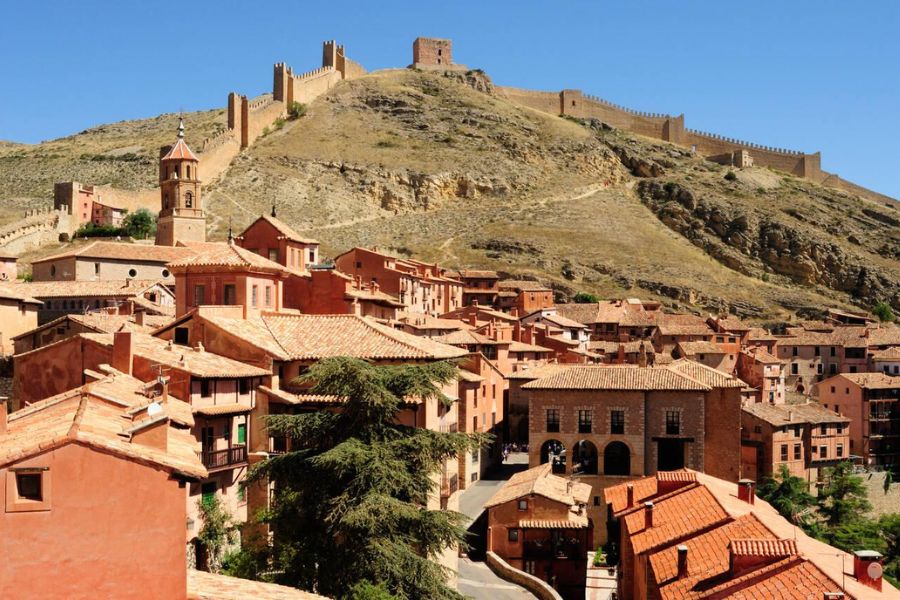
Even now, its tale of devotion and drama draws crowds from all over Spain and beyond. These medieval stories still have a surprising pull, don’t they?
Experiencing the Festival: My Immersive Journey
Arriving in Teruel during Las Bodas de Isabel de Segura, I felt like I’d crossed into another century. The whole city transforms, mixing medieval romance with the proud traditions of Aragon and Spanish culture.
Festival Attractions and Highlights
Right away, the old town buzzed with life. Market stalls lined the cobbled streets, selling handmade goods, local Aragonese treats, and medieval-style trinkets.
The smell of roasted meats and fresh bread drifted everywhere. Actors dressed as townsfolk mingled with the crowd, their velvet capes and tall hats making the scene feel straight out of the thirteenth century.
Large plazas turned into stages for key moments from the legend. Professional directors and producers oversaw each reenactment. People watched in awe as the famous meeting of Isabel and Diego unfolded against Teruel’s historic buildings.
At night, torch-lit processions wound through the narrow streets, casting a flickering glow that made everything feel like a living painting.
Participating in Medieval Street Performances
I didn’t just watch—I joined in. Local organizers encouraged visitors to wear medieval costumes, which you could easily rent from several shops.
Wearing a simple tunic and hood, I blended into a sea of costumed townspeople. Laughter echoed behind masquerade masks, and I chatted in the nearby tavern set up just for the festival.
Street performers—jugglers, musicians, dancers—invited everyone into medieval dances. I tried my best to follow the steps, along with kids and elders from the community.
These performances weren’t just entertainment; they opened a window into medieval Teruel’s social life. Many actors shared little secrets about their characters, which made the experience more personal.
Interaction With Local Actors and Community
One of my favorite parts was talking with the local actors and the tight-knit Teruel community. Many performers were residents—teachers, students, business owners—who rehearsed for months under passionate local directors.
Their pride in Aragon and the story of Isabel and Diego came through in every conversation. Producers told me about their hunt for historically accurate fabrics. Some spent months sourcing materials that matched 13th-century Spain.
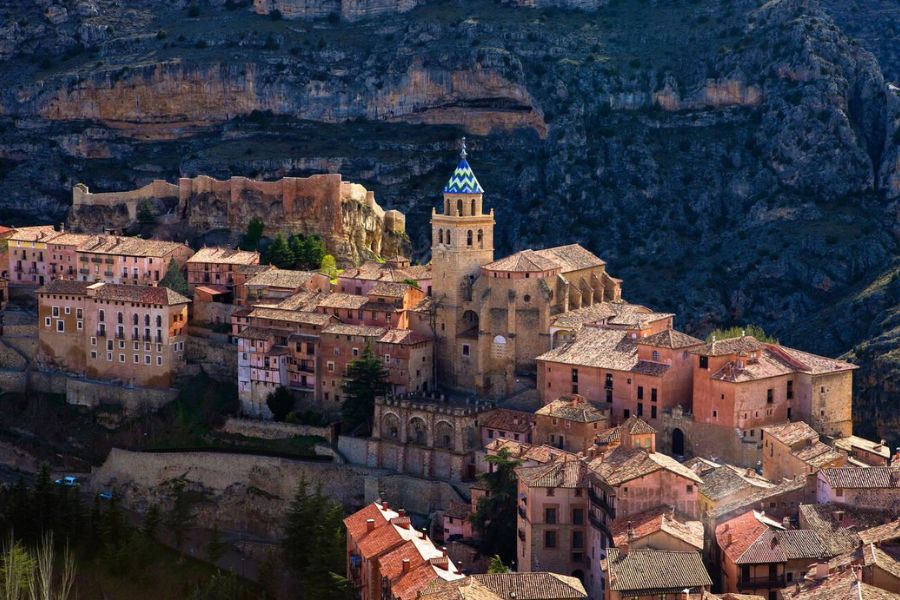
Community booths offered homemade food. Children dressed as squires dashed around, running errands for the “nobles.” The whole town got involved, truly living out Teruel’s most iconic love story.
Medieval Atmosphere and Cultural Traditions
Walking through Teruel during Las Bodas de Isabel de Segura, I felt like I’d fallen into the pages of a centuries-old romance. The city transforms, with sights, sounds, and tastes from Spain’s medieval past everywhere you look.
Traditional Clothing and Medieval Markets
The costumes really caught my eye. Townspeople and visitors put on gowns, cloaks, and tunics. Some wore veils, intricate belts, or hats that looked straight out of a 13th-century painting.
Christian, Jewish, and Muslim styles mingled in the streets, reflecting the region’s old diversity. Medieval markets filled the main squares. I wandered between wooden stalls packed with crafts, pottery, and jewelry.
Vendors sold hand-stitched leather purses and decorative swords. Merchants bartered and called out in loud, playful voices. I nearly forgot my smartphone was in my pocket—I felt so swept up in the lively trade.
Gastronomy and Authentic Flavors
Trying the food was a highlight. At the market, I caught the scent of jamón, roasted meats, and freshly fried churros. One vendor handed me hot cheese and crusty bread with olive oil.
Traditional stews simmered in big clay pots. I even tasted Andalusian touches—like sweet sherry and nuts—a nod to the region’s Muslim and Christian roots.
Some taverns recreated banquet scenes with giant wooden tables, clay pitchers of wine, garlicky sausages, and chickpeas. Food wasn’t just for eating; it became part of the show, shared among strangers who felt like old friends by night’s end.
Folk Music and Theatrical Performances
Music filled the air, adding real magic to the festival. Street musicians played lutes, drums, and flutes, sometimes forming spontaneous parades.
Songs told the story of the festival’s star-crossed lovers. Even if you didn’t know every word, it was easy to get swept into the drama.
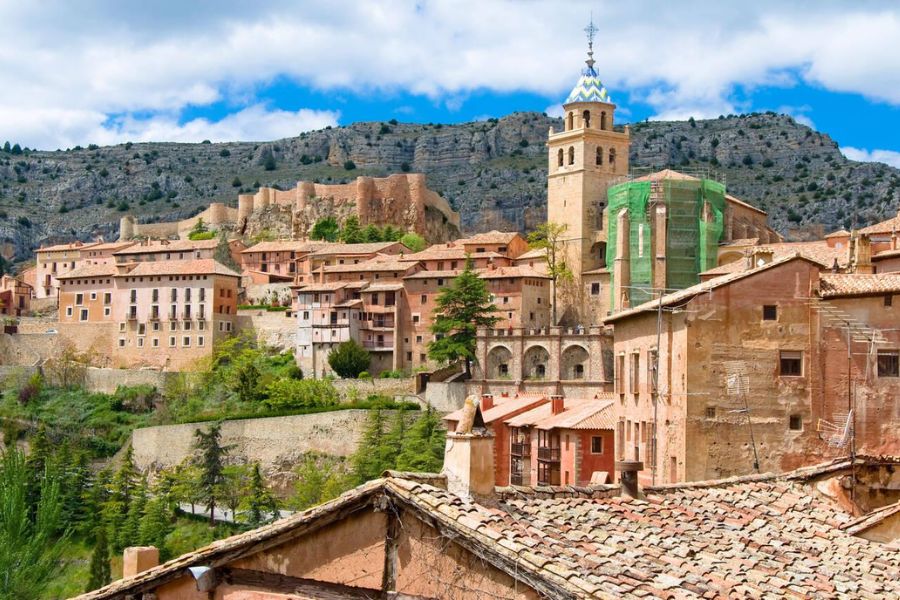
I watched a group perform flamenco, with passionate singing and expressive handclaps. Actors in medieval dress brought emotional scenes between Isabel and Diego to life. Even if you already knew the ending, you just couldn’t look away.
Historical Roots and Modern Influence
Every February, as I walk through Teruel, I get wrapped up in centuries of romance—plus the threads that tie past and present together. The festival’s roots reach deep into medieval Spain, but its spirit lingers in today’s culture across the Iberian Peninsula.
Evolution of the Festival Over the Centuries
Las Bodas de Isabel de Segura started with the medieval legend of Isabel and Diego. Locals first shared their tragic romance through oral storytelling on cobbled streets and behind stone walls.
Over time, the legend grew, with written versions and local traditions springing up. In the 20th century, Teruel’s townspeople decided to fully embrace their history by recreating the tale each February.
Streets fill with markets, medieval fairs, and elaborate performances. Thousands dress in traditional costumes, breathing life into the old story. Now, visitors come from Valencia, Zaragoza, and even further across Spain and Europe.
Medieval Spain’s Influence on Contemporary Spanish Culture
Living legends like Teruel’s shape modern Spanish identity. As I joined the festivities, I saw how these old tales still echo in places like Castilla-La Mancha, Catalonia, or Andalusia.
It’s not just the costumes or market stalls—these festivals keep storytelling, music, and communal meals alive. Spanish movies and TV often borrow from such legends, setting stories in places like Toledo’s fortress or Granada’s Alhambra.
The medieval vibe isn’t just nostalgia; it shapes modern Spanish architecture, crafts, and even holidays. You can spot similar echoes in San Sebastian’s festivals or Santiago de Compostela’s pilgrimages.
Links to Other Spanish and European Festivals
Las Bodas de Isabel de Segura isn’t alone. I’ve spotted clear links to events in other Spanish cities, from Bilbao’s medieval fairs to Seville’s elaborate Semana Santa processions.
Across the Iberian Peninsula, communities reconstruct battles, honor saints, or retell historic love stories through lively street festivals. European influences filter in too.
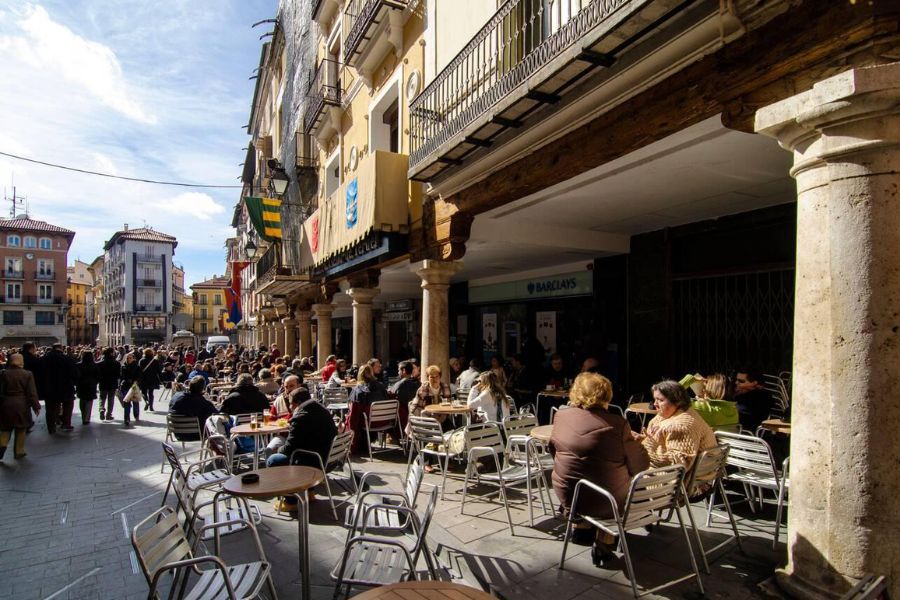
Just as Teruel celebrates its legend, places like Asturias and Cantabria host reenactments with costumes and rituals, echoing traditions in France and Italy. Each celebration reminds me that the urge to relive history—and fall under the spell of old romances—is a shared European thing, connecting distant cities and travelers through art and memory.
Representation in Spanish Cinema and Literature
The story of the Lovers of Teruel, Isabel de Segura and Diego, pops up in all sorts of Spanish culture. Both filmmakers and authors have reimagined their love and tragedy over the years, reflecting changing views on love, gender, and Spain’s own history.
Film Adaptations and Cinematic Portrayals
Spanish cinema has brought Isabel and Diego’s legend to the screen a few times. One example is the 1962 film “Los Amantes de Teruel,” directed by Raymond Rouleau, which mixed sweeping emotion with modern choreography.
Reviews and archives at the Filmoteca Española point out how classic films from the neorealism era and later periods approached the legend with surrealism and symbolism. Directors like Luis Escobar helped keep the Lovers’ story alive on stage and screen.
Even Salvador Dalí, with his surrealist art, found inspiration in their tragic story. The films aren’t just about romance; they also explore themes like honor, family pressure, and the impact of big events such as the Spanish Civil War.
Literary Transformations and Women Writers
The legend jumped off the screen and landed in Spanish literature. Plays, poetry, and novels kept it alive and evolving.
Juan Eugenio Hartzenbusch wrote classic works in the 19th century that sparked the imagination of future writers. Those stories shaped how I—and honestly, probably a lot of us—think about medieval romance.
Modernista writers picked up the tale too. You’ll spot it in school anthologies, indexes, and all sorts of literary lists.
Women writers, in particular, have brought fresh perspectives. They dig into Isabel’s choices and question what her actions say about gender roles back then.
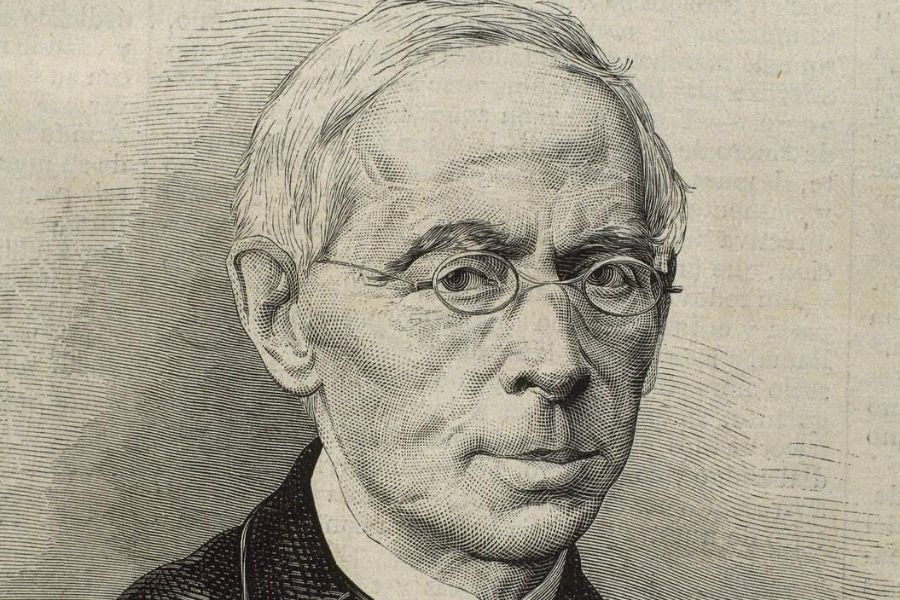
Recent gender studies and new Spanish novels sometimes flip the script. Isabel becomes less passive, more independent—maybe even a bit rebellious.
Antonio Muñoz Degrain painted the legend in oil, bridging literature, art, and the spirit of the region. It’s not just a love story, is it? For anyone curious about Spain’s past and present, the legend keeps offering something new.

